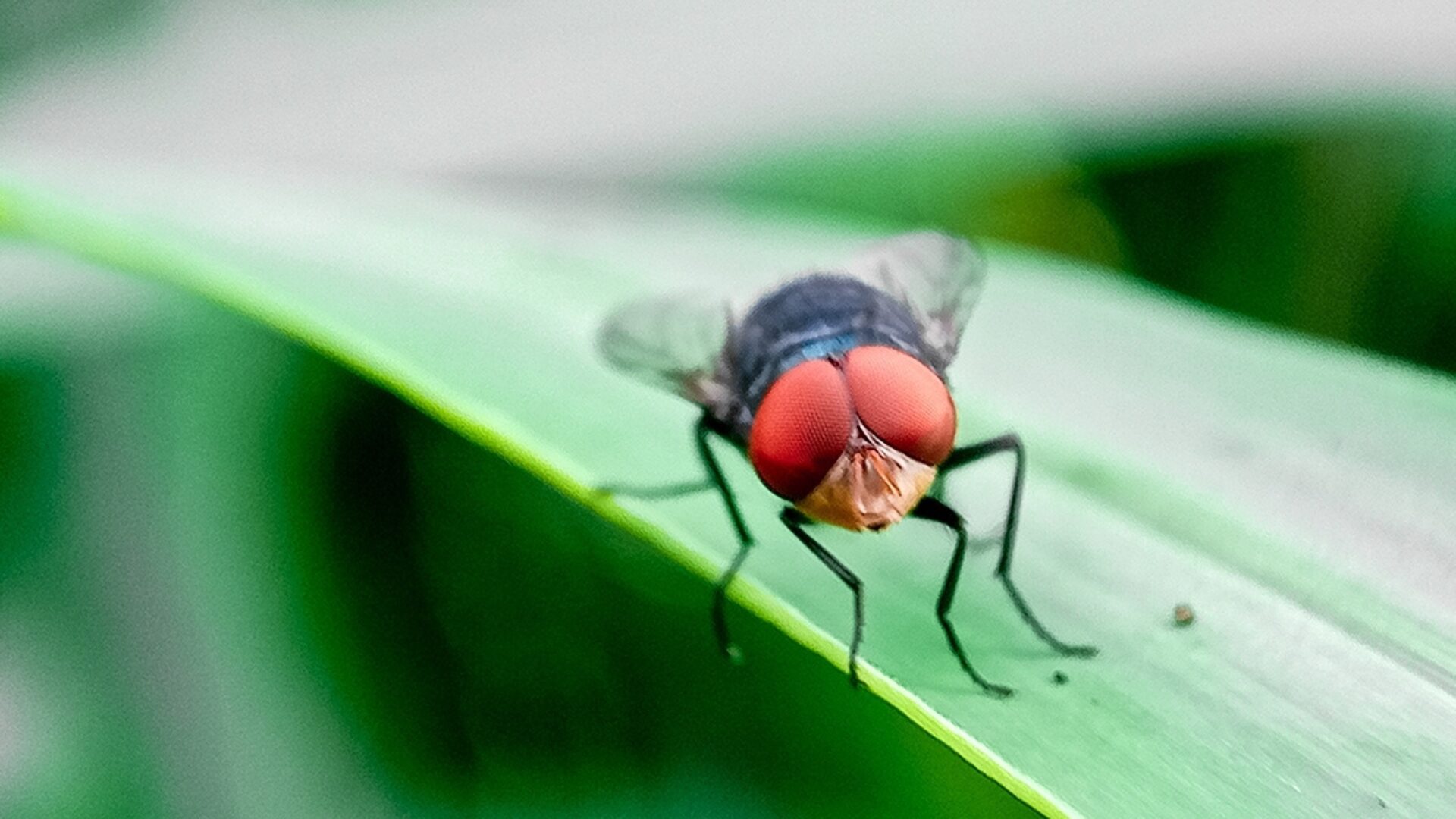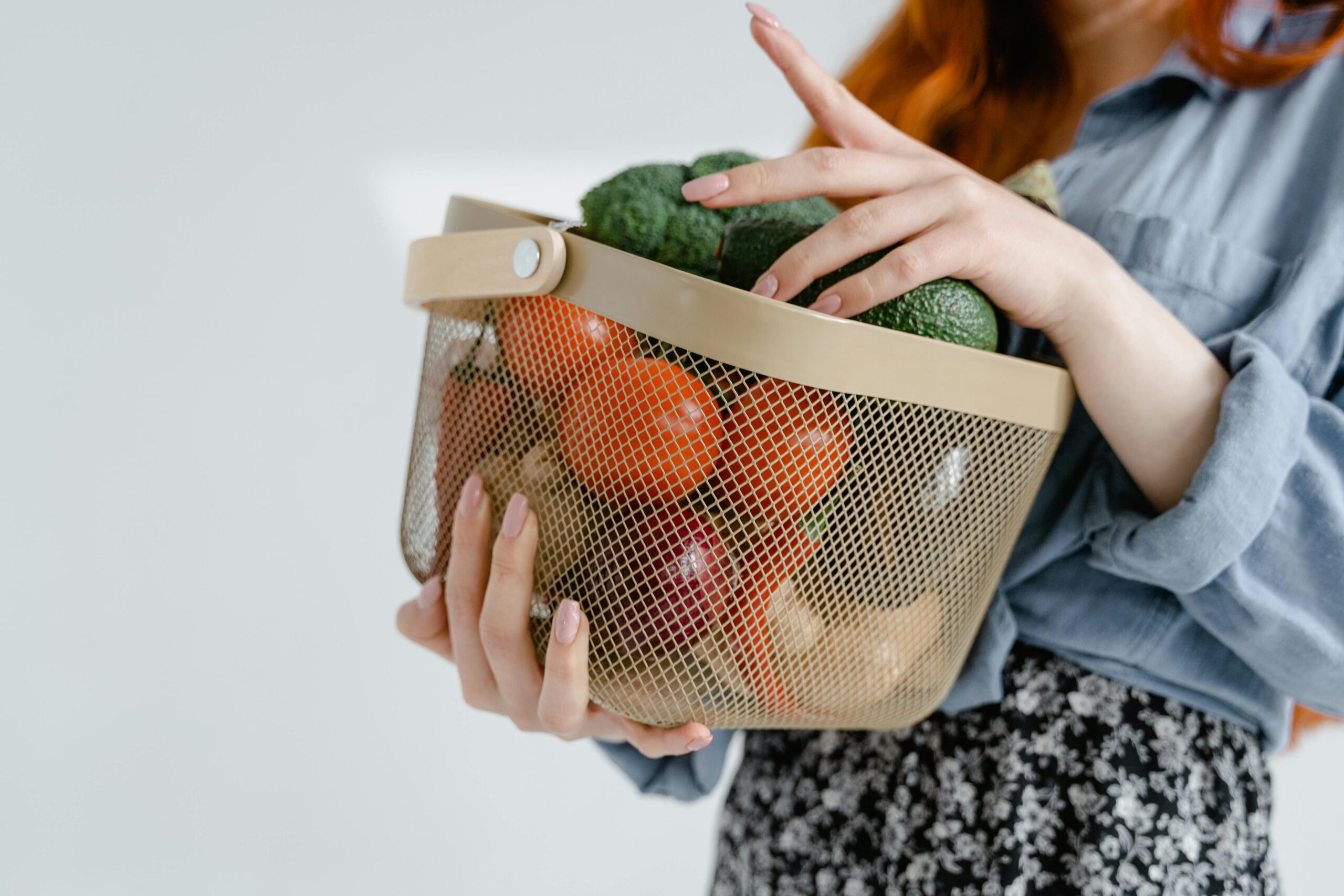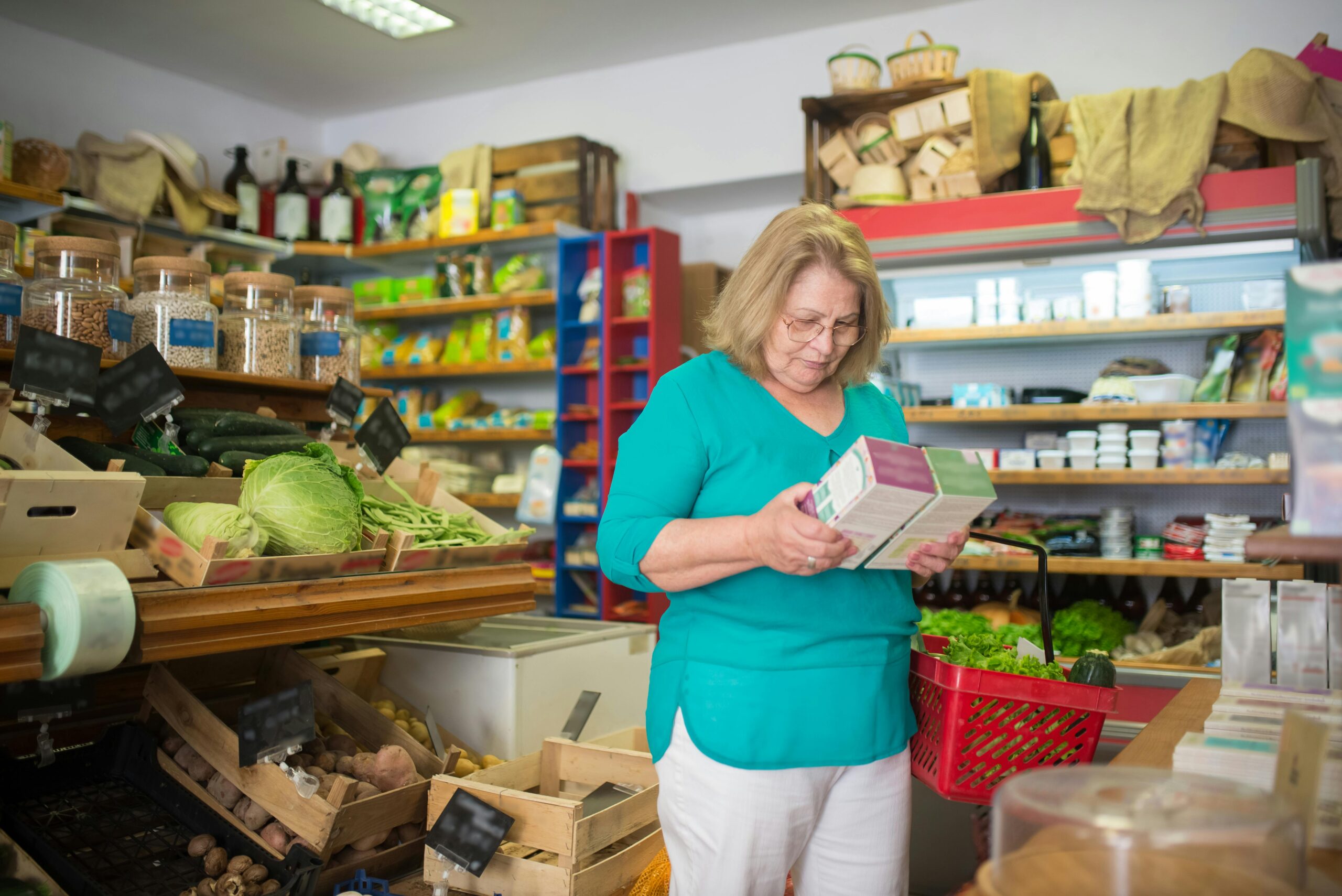While food inflation seems to be cooling in the aggregate, watermelon prices remain red hot.
That’s according to Mintec, a market intelligence company, which recently reported prices had surged 49% in mid-July when compared to last summer. The organization said that average prices reached $5.33 per melon, well above the $3.60 price tag seen a year ago.
Mintec said watermelon prices were relatively stable the last few summers. This year, however, everything from unpredictable weather patterns and transportation costs to supply chain disruptions and evolving consumer demands all played a role in the rising prices in 2023.
Retailers Contend with Changing Demand
While fresh-cut watermelons and new varieties pique the curiosity of consumers, fresh whole watermelons remain the dominant player in the category, according to 210 Analytics principal Anne-Marie Roerink.
“Fresh watermelons generate more than $2 billion in sales. This is up 8.4% over year-ago levels, according to Circana [formerly IRI]. Units are about flat, so the dollar increase is fueled by inflation,” she said.
Roerink noted sales were up in the category as people returned to entertaining guests in the post-pandemic era, with a growing share of dollars earmarked for value-added items. She also highlighted a different innovation that was resonating with consumers.
“Yellow watermelons are the poster child for what innovation can do for the category. While a very small seller still, at $3.5 million, year-on-year dollar growth stands at 37% and unit sales have increased 19.5%,” said Roerink.
U.S. Growers Benefit from Unusual Weather
Wells Fargo Agri-Food Institute sector manager Brad Rubin cited USDA data to show that the U.S. watermelon market was valued at approximately $748 million. The nation planted 93,000 acres for watermelons in 2023.
Rubin said Florida, Georgia, and Texas were the most prolific producers domestically, and that unusual weather benefitted U.S. growers in 2023.
“Florida experienced a strong year with a larger crop and high prices in the early season. Additionally, the Mexican crop was delayed with a cold spring this year, so the market worked out well for growers in Florida and Georgia as import competition did not hit until July. Florida and Georgia typically wrap up their growing season in June,” he said in an e-mail to The Food Institute.
At the farm level, the watermelon industry continued to innovate, according to Roerink.
“Seed manufacturers are working on functional innovations, such as better water retention. One of the issues in value-added (cut) watermelon lies in losing a lot of the water content. Subsequently, consumers equate the juice at the bottom of the package with lesser freshness and it may also affect the other items in case of mixed cut fruit,” she said.
Imports Rise Year-Over-Year
The Bureau of Labor Statistics tracks imports of two watermelon varieties, and both categories showcased increases on a dollar and quantity basis, according to Food Institute analysis.
Seedless watermelon imports rose 33.9% to $128.4 million during the Jan. 1-May 31 period as other fresh watermelon imports rose 51.9% to $2.9 million.
Import volume for the categories increased 2.9% and 57.6%, respectively, when compared to the same dates in 2022. Mexico was the leading exporter for both categories.
“The U.S. is ramping down off-peak demand for summer holidays. The hot weather keeps melon in demand [domestically], but it will soften as we continue through summer into fall. Mexico has started importing product and prices are inflated from a year ago,” said Rubin.
Fluctuating U.S. Demand Over Two Decades
Did you know that Americans, on average, eat more than 14 lbs. of watermelon per year?
Rubin shared USDA data to show per-capita consumption was approximately 14.4 lbs. per person in 2021, the most recent year with data available.
Food Institute analysis of that USDA data found per capita consumption had fluctuated over the past twenty years, hitting a low of hitting a low of 12.99 lbs. per person in 2003 and a high of 16.57 lbs. per person in 2016.
The Food Institute Podcast
Following a string of bankruptcies and operational interruptions, the vertical farming industry seems in flux. AeroFarms CMO and co-founder Marc Oshima joined The Food Institute Podcast to discuss the company’s future following its Chapter 11 bankruptcy filing, plus future for prospects for the controlled environment agriculture (CEA) industry as a whole going forward.












